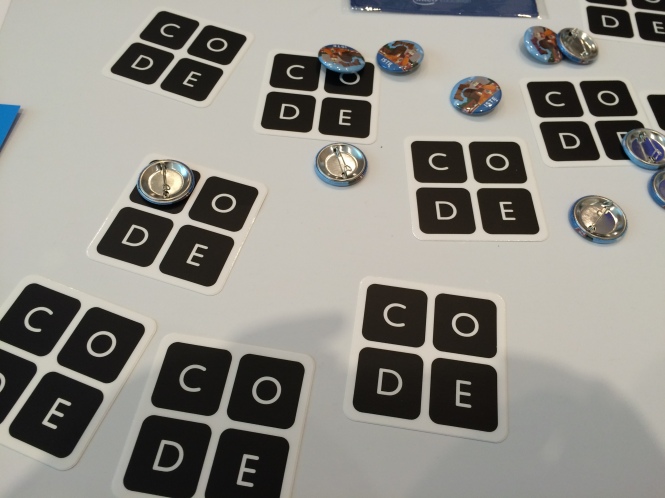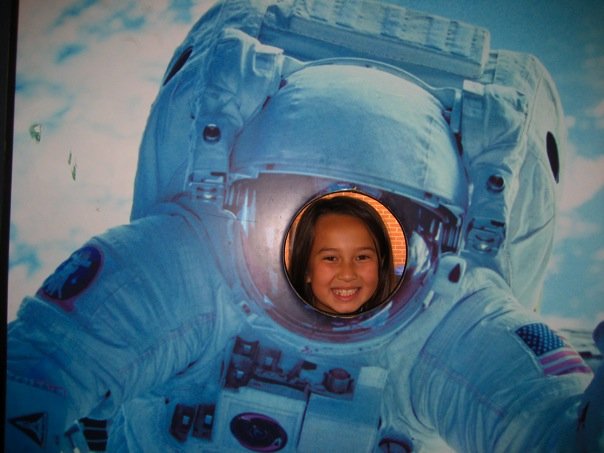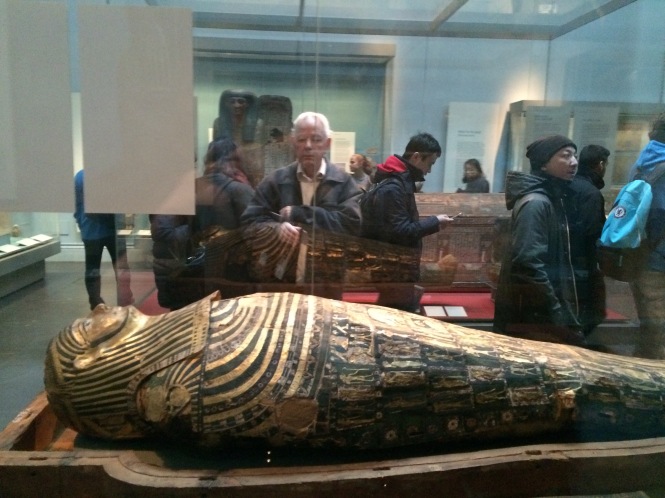 I have traveled to Egypt by thought, by reading, by books, by lectures in geography and by invitation of a friend. My quest was to visit the museum of antiquties in Cairo. Before the newest of technology, I had a laser disc of a mummy, and how they prepared it and like many others , I had done a lot of reading about Sir Howard Carter and his discovery. I also followed an archaeologist on television to see them examine new sites and try to identify new mummies, or tombs. In school for students I had a remarkable book to use with various movies and videos , by David McCauley.
I have traveled to Egypt by thought, by reading, by books, by lectures in geography and by invitation of a friend. My quest was to visit the museum of antiquties in Cairo. Before the newest of technology, I had a laser disc of a mummy, and how they prepared it and like many others , I had done a lot of reading about Sir Howard Carter and his discovery. I also followed an archaeologist on television to see them examine new sites and try to identify new mummies, or tombs. In school for students I had a remarkable book to use with various movies and videos , by David McCauley.

Amazon.com Review
When children catch their first glimpse of a pyramid, a sea of questions inevitably tumbles forth. “Why are they shaped like that?” “How were they made?” “Who made them?” “What were they used for?” Perplexed adults can sigh with relief now that David Macaulay has found a way to thoroughly answer all those deserving questions. His exquisitely crosshatched pen-and-ink illustrations frame the engaging fictional story of an ancient pharaoh who commissions a pyramid to be built for him. With great patience and respect for minute detail (not unlike the creators of the early pyramids), Macaulay explains the sometimes backbreaking tasks of planning, hauling, chiseling, digging, and hoisting that went into the construction of this awe-inspiring monument. Just when the narrative teeters on the edge of textbook doldrums, Macaulay brings us back to the engaging human drama of death and superstition. This respectful blending of architecture, history, and mysticism will certainly satiate pyramid-passionate children as well as their obliging parents. ALA Notable Book. (Ages 9 and older) –Gail Hudson —
Talk about engineering!! STEM and STEAM

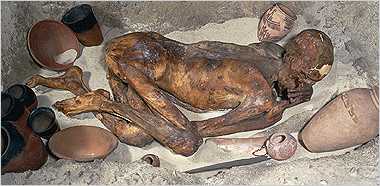
A poor person’s mummy..


The Egyptian and I.
Better than that I had large cardboard depictions of the things that Sir Howard Carter found. While in New York, a man in a fez bowed to me and called me a daughter of Egypt , handing me a rose. It may have been flattery but he was visiting a New York Museum and so we talked a bit . I have been studying about Egypt since I was eleven years old and heard about King Tut. Well let me revise that. I was often sent to the library in my Catholic school to read and I found these books about archaeology. They fasscinated me. He sent these huge , beautiful cardboard placards done in gold and blue. They were museum quality and I taught with them.
I was afraid of mummies, but there was a scientist who went ot Egypt who lived near my home. It was rumored that he had a mummy at the top of his apartment building and we kids went to see. It was a mummy. We were speechless and scared all at the same time. We never asked questions as we did not know him.
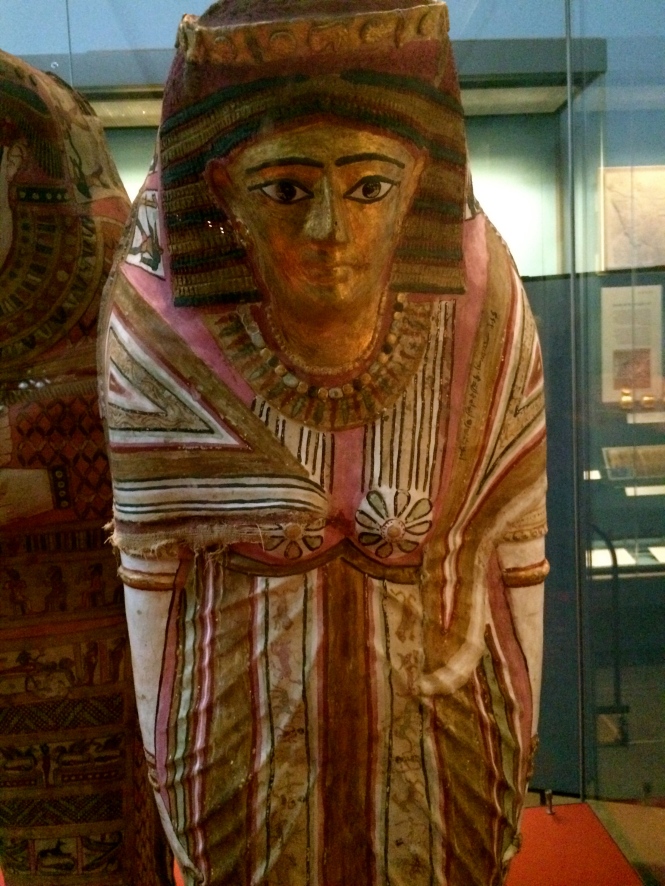
The mummy , or what I saw was I think the case of a mummy. My imagination set in and so my quest to learn about the geography of Egypt,the mummies and Hierogyphics began.
Definition of hieroglyphic
1
: hieroglyph
2
: a system of hieroglyphic writing; specifically : the picture script of the ancient Egyptian priesthood —often used in plural but singular or plural in construction
3
: something that resembles a hieroglyph especially in difficulty of decipherment
Source : Merriam- Webster ( online 2016)
There was in Old Town Alexandria, in an alley a shop of Egyptology. I went there and studied how to make papyrus, and ordered a gold hieroglyph , and studied astronomy using Egyptian science. You can convert your name to a hieroglyph here
WRITE LIKE AN EGYPTIAN
Write your name in a hieroglyh and make a cartouche.
EAT LIKE AN EGYPTIAN
Archeological discoveries have told us much about how ancient Egyptians worshiped, celebrated and mourned. But these scientific finds have also provided tantalizing clues about how–and what–this complex civilization ate. From grains like emmer and kamut to cloudy beer and honey-basted gazelle they dined sufficiently.
Bread and beer were the two staples of the Egyptian diet. Everyone from the highest priest to the lowliest laborer would eat these two foods every day, although the quality of the foods for the priest would undoubtedly be higher. The main grain cultivated in Egypt was emmer. Better known today as farro, emmer happens to be a fairly well balanced source of nutrition: it’s higher in minerals and fiber than similar grains. Breads and porridge were made from the grain, as well as a specially devised product that modern-day archeologists call “beer bread.”
Beer bread was made from dough that used more yeast than normal breads, and it was baked at a temperature that didn’t kill off the yeast cultures. Brewers crumbled the bread into vats and let it ferment naturally in water. This yielded a thick and cloudy brew that would probably disgust our modern palates. But it was also nourishing and healthy, and filled in many nutritive deficiencies of the lower-class diet.
But ancient Egyptians did not survive on carbohydrates alone: Hunters could capture a variety of wild game, including hippos, gazelles, cranes as well as smaller species such as hedgehogs. Fish were caught, then salted and preserved; in fact fish curing was so important to Egyptians that only temple officials were allowed to do it. Honey was prized as a sweetener, as were dates, raisins and other dried fruits. Wild vegetables abounded, like celery, papyrus stalks and onions.

Although no recipes from the times remain, we have a fair idea of how the Egyptians prepared their food thanks to dioramas and other objects left in tombs. Laborers ate two meals a day: a morning meal of bread, beer and often onions, and a more hearty dinner with boiled vegetables, meat and more bread and beer.
Nobles ate well, with vegetables, meat and grains at every meal, plus wine and dairy products like butter and cheese. Priests and royalty ate even better. Tombs detail meals of honey-roasted wild gazelle, spit-roasted ducks, pomegranates and a berry-like fruit called jujubes with honey cakes for dessert. To top it all off, servant girls would circulate with jugs of wine to refill empty glasses: the perfect end to an Egyptian banquet.
It was fun to let children make their own hieroglyphs. To translate their name as a scribe might have done.
Today in Pennsylvania students and teachers can do a virtual field trip from the classroom. It is one of several that are offered to schools.
Mummy Makers: (Grades: 5 – 9)
Students will learn how and why ancient Egyptians mummified their dead by stepping into the role of apprentice to an ancient Egyptian embalmer! Using fabricated mummies, students will explore the artificial mummification process as they prepare Mr. Ulysses Penn for his journey to the afterlife. This workshop uses life-like mummies.
Here are some of the things we learned.
Ancient Egyptians believed in an afterlife, a real and beautiful place, where they played and lived after they died. To enjoy your afterlife, you couldn’t just die. You had to prepare. To achieve immortality, you had to satisfy some requirements.
Requirements:
(1) Your name had to be written down. You had to have your name written down somewhere, the more places the better. If it was not written down, you disappeared.
(2) You had to pass the Weighing of the Heart. You had to pass the weighing of the heart test in the Hall of Maat. Your heart was weighed against the weigh of a magic feather. If your heart was light, because you had lived a good, hard working, caring life, the scale would balance, and you would go to heaven. If it did not, well, that was another story.
(3) You had to have a preserved body. Another thing you needed to move on to the afterlife was a preserved body. One way to preserve the body of a person who had died was to dry them out and wrap them up with linen bandages. That process was called mummification.
You needed a preserved body so that your Ba and Ka, the two pieces of your soul, could find their way home at night back to your tomb. Without a body, the Ba and Ka would get lost. And they would no longer be able to reach the heavenly Land of Two Fields.
The poor placed the bodies of their dead relatives out in the desert sand. The bodies dried naturally in the sun. That was a perfectly good system. It assured the dead a place in the afterlife (provided their heart was light from doing lots of good deeds while they were alive, and their name was written down somewhere.) If they had a light heart, they would pass through the field of reeds and reach their afterlife. (The field of reeds is what the ancient Egyptians called death.)
The rich could afford to be more fussy. They hired professional mummy makers, to help them look their very best.

These are from the British Museum.
The Kennedy Center had a booklet to tell us how to live, make music , make a flute, etc. and to make bread.
A teacher had an extensive website
We used it to do project based learning and thinking about Egypt.
He created a website for teachers to give them background
From The Smithsonian Anthronotes
The Egyptian Afterlife: What to Take with You and Why
Bryan, Betsy M. (2012)
Objects made for and placed in burials were a significant part of a proper Egyptian entombment and demonstrate the belief that life’s activities continued into eternity; for chronology of dynasties and dates mentioned in this paper.
What Egyptians Took to the Afterlife
There are more than a few similarities between the ancient Egyptian religion, and our modern religions of today. However, a belief that you “could take it with you” is a prime difference. In fact, they thought the dead could take a considerable number of items with them.
What Egyptians Took to the Afterlife
In many cases, the king who were buried in the Valley of the Kings, as well as high officials and others began stocking their tombs with good long before their death. Our knowledge of what they attempted to take with them comes mostly from the intact tomb ofTutankhamun, but there is an abundance of other evidence, including remnants from the tombs of Tuthmosis III (KV 34),Amenophis II (KV 35), Tuthmosis IV (KV 43), andHoremheb (KV 55).

Other tombs have provided a few items, and in some tombs such as Sethos II (KV 15), we even have wall illustrations of items placed in his tomb.
In many cases, the king who were buried in the Valley of the Kings, as well as high officials and others began stocking their tombs with good long before their death. Our knowledge of what they attempted to take with them comes mostly from the intact tomb of Tutankhamun, but there is an abundance of other evidence, including remnants from the tombs of Tuthmosis III (KV 34), Amenophis II (KV 35), Tuthmosis IV (KV 43), and Horemheb (KV 55). Other tombs have provided a few items, and in some tombs such as Sethos II (KV 15), we even have wall illustrations of items placed in his tomb.
In the Valley of the King, burials usually included the mummified body of the king, which was placed in a series of coffins nested one inside the other and placed in a stone sarcophagus. The sarcophagus was most often surrounded by gilded wooden shrines. But there were also many other items, including magical items to assist the dead king, and a variety of mundane objects for his use.
The mummy itself was prepared with various items to protect and sustain the king in the netherworld. While some funerary items were very beautiful, items such as the mask had specific purposes. The face mask, a sculpture of the king’s own face, allowed him to be recognized by the deities in his death. Other items found on the mummy included various amulets, such as heart amulets and vulture amulets placed around his neck, all of which were to protect the king from specific threats.
Read more: http://www.touregypt.net/featurestories/equip.htm#ixzz40XtAcxeX
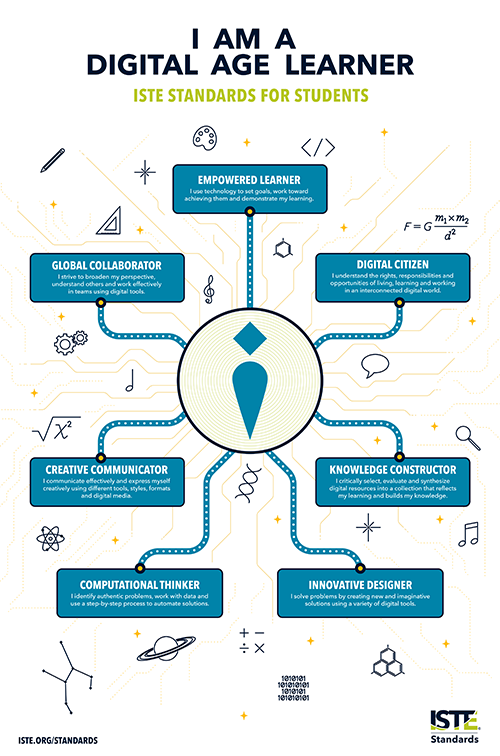 Here is the template. It is gorgeous. Get it for your school, for your community and for those who are interested in helping to create digital age learners.
Here is the template. It is gorgeous. Get it for your school, for your community and for those who are interested in helping to create digital age learners.





 Bullying can threaten students’ physical and emotional safety at school and can negatively impact their ability to learn. The best way to address bullying is to stop it before it starts. There are a number of things school staff can do to make schools safer and prevent bullying.
Bullying can threaten students’ physical and emotional safety at school and can negatively impact their ability to learn. The best way to address bullying is to stop it before it starts. There are a number of things school staff can do to make schools safer and prevent bullying.
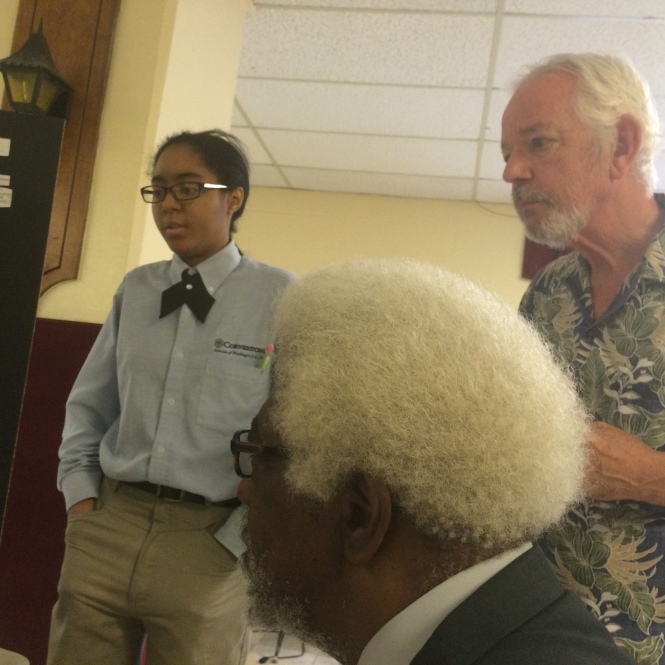
 We have trees from the famous Monument Core — the National Mall and its monuments and memorials — the heart of our nation’s capital is home to 17,000 trees. The District also houses the nation’s first urban park, Rock Creek Park, as part of its more than 7,000 acres of parkland and has two major rivers within its city limits.
We have trees from the famous Monument Core — the National Mall and its monuments and memorials — the heart of our nation’s capital is home to 17,000 trees. The District also houses the nation’s first urban park, Rock Creek Park, as part of its more than 7,000 acres of parkland and has two major rivers within its city limits.


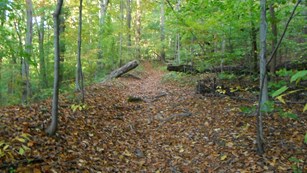

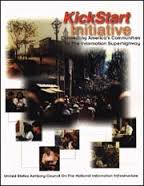

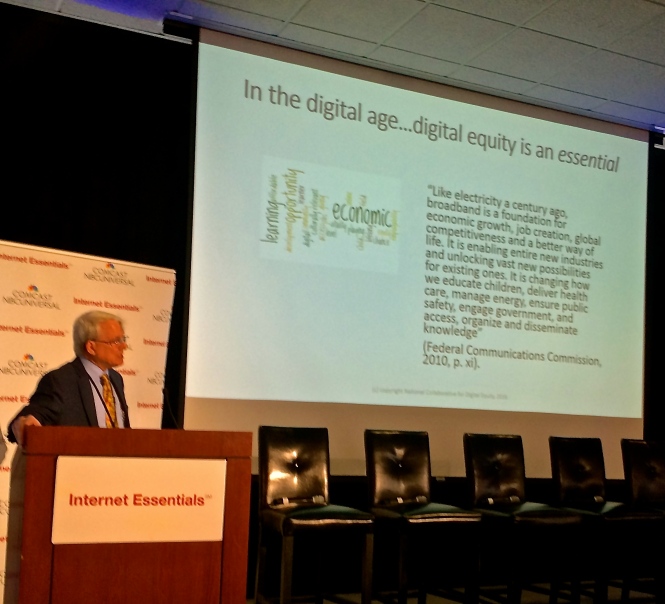

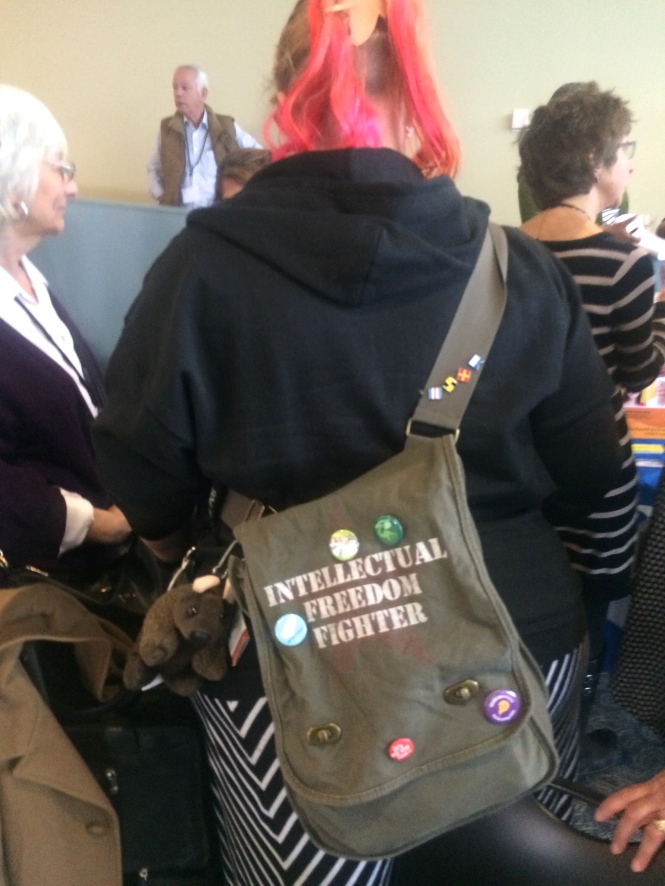




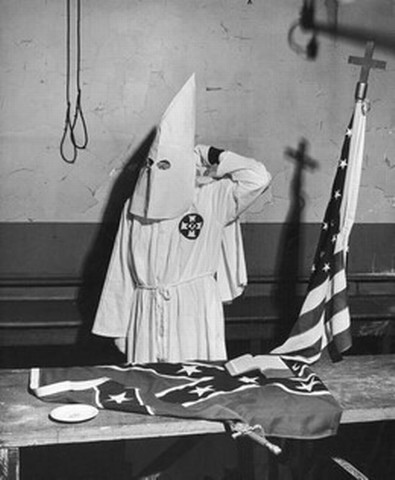
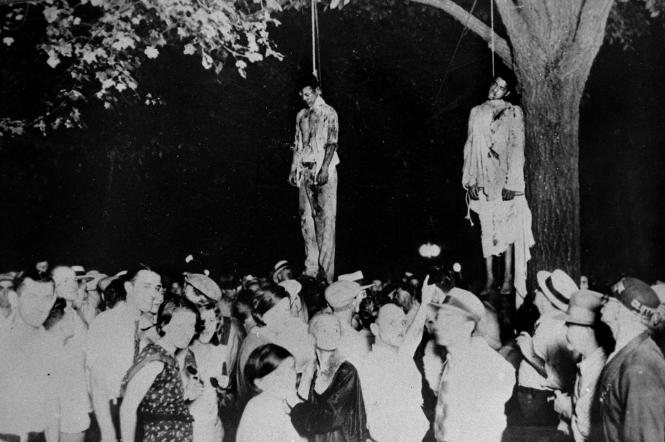


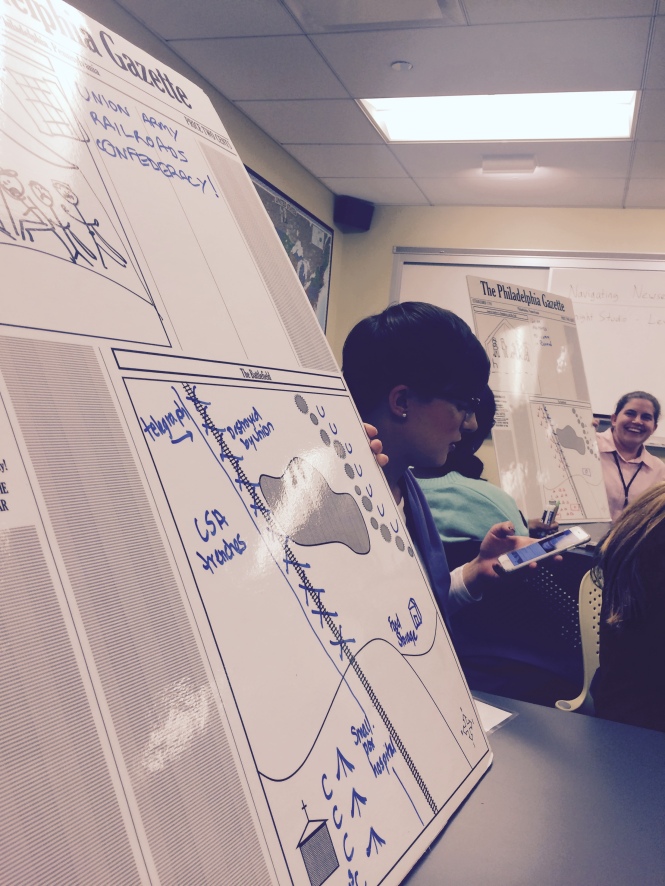
 I have traveled to Egypt by thought, by reading, by books, by lectures in geography and by invitation of a friend. My quest was to visit the museum of antiquties in Cairo. Before the newest of technology, I had a laser disc of a mummy, and how they prepared it and like many others , I had done a lot of reading about Sir Howard Carter and his discovery. I also followed an archaeologist on television to see them examine new sites and try to identify new mummies, or tombs. In school for students I had a remarkable book to use with various movies and videos , by David McCauley.
I have traveled to Egypt by thought, by reading, by books, by lectures in geography and by invitation of a friend. My quest was to visit the museum of antiquties in Cairo. Before the newest of technology, I had a laser disc of a mummy, and how they prepared it and like many others , I had done a lot of reading about Sir Howard Carter and his discovery. I also followed an archaeologist on television to see them examine new sites and try to identify new mummies, or tombs. In school for students I had a remarkable book to use with various movies and videos , by David McCauley.










